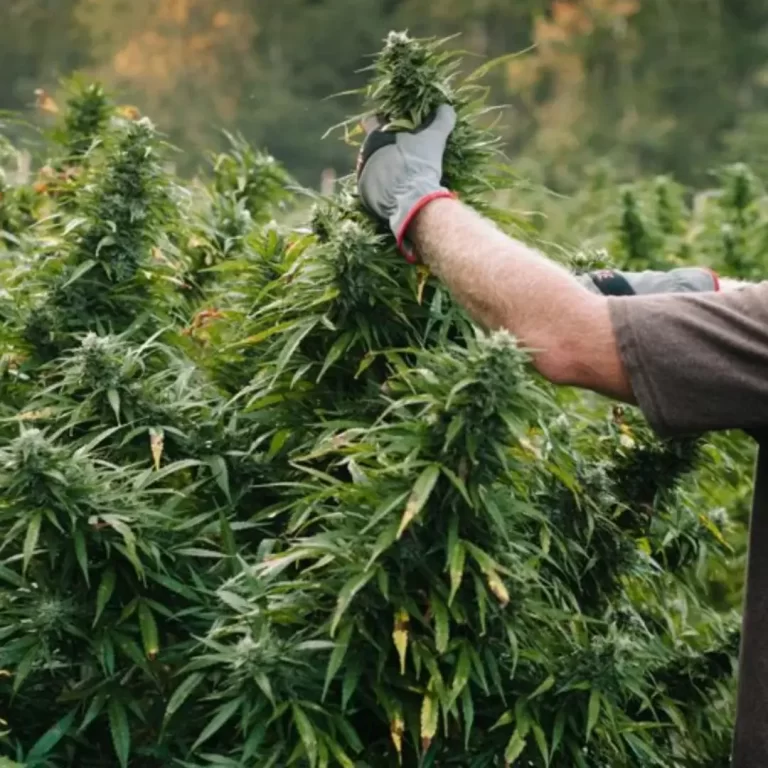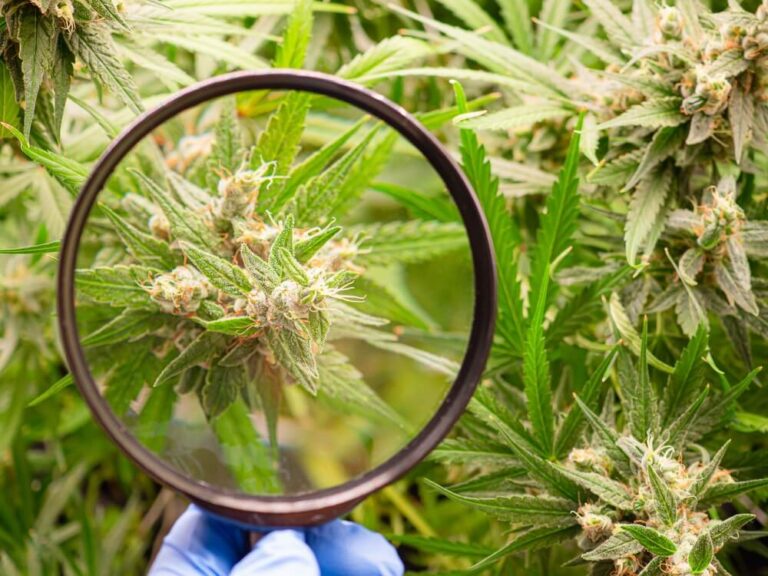
Exploring the Economic Effects of Legalized Recreational Cannabis
- Cannabis News
- Cannabutter Digest
One of the benefits many states touted as they moved to legalize recreational cannabis was the supposed positive economic effects on local economies. In most states, legalized marijuana is subjected to high taxes. That tax money gets funneled into the state economy and distributed to numerous projects and programs as outlined by the specific parameters of state law.
Exploring the economic effects of legalized recreational cannabis can be difficult. Recreational marijuana laws vary by state, and they impose different tax rates. Regional factors also impact the boom-and-bust cycles of recreational marijuana sales. Finally, the overall economic picture of the United States also affects cannabis sales. Cannabis sales skyrocketed during the pandemic, only to slow down once inflation became a ballooning problem.
How has the legalization of recreational marijuana in U.S. states impacted the economy? It’s a complicated state-by-state story.
How Do States Rely on Recreational Marijuana Tax Revenue?
A new map created by the U.S. Census Bureau tracks state revenue made from taxing recreational marijuana, and the results are surprising. In some states, cannabis tax revenue makes up a surprising portion of some state’s overall tax revenue, meaning states may rely heavily on the money they generate from recreational cannabis sales. However, the picture varies depending on which state you examine.
Look at the data from some of the first states in the nation to legalize marijuana for recreational use. Colorado and Washington were the first U.S. states to legalize recreational cannabis for adult use in 2012. Oregon and Alaska were not far behind, legalizing marijuana in 2014. Today, data from the U.S. Census Bureau shows that Oregon gets roughly $1 for every $20 from legal cannabis sales. Oregon, Colorado, and Alaska, some of the first states to adopt cannabis reform measures, consistently saw taxes from cannabis sales make up at least one percent of their state income over the past two years.
Although Michigan and Illinois didn’t adopt cannabis reform measures until 2018 and 2019, respectively, few other states in the upper Midwest have moved to legalize recreational cannabis. The relative newness of the industry combined with unique geographical positions in a “cannabis desert” means these states draw in customers from surrounding areas. Tax on recreational cannabis sales comprise over two percent of each state’s total revenue.
Two percent may not sound like a lot of money in the grand scheme, but it adds up. For example, in Illinois, tax revenue from the legal cannabis industry reached $451.9 million in the fiscal year ending June 30, 2023. That amounts to almost one-and-a-half times the state’s tax revenue from alcohol sales in the same time frame. In many states, including Colorado and Oregon, cannabis tax revenue far outpaces revenue made from alcohol and cigarettes. Since legalizing cannabis, Colorado has raked in more than $15 billion in legal recreational cannabis sales.
However, the economic picture differs in other parts of the country. New York’s cannabis tax revenue only accounts for about .37 percent of the state’s tax revenue. However, New York’s emerging cannabis market has been plagued by hurdles and a painfully slow rollout of legitimate cannabis retailers, meaning the state could be losing valuable revenue to unauthorized vendors and cannabis retailers.
Where Do Your Cannabis Tax Dollars Go?
As states legalize recreational cannabis, they decide where to allocate those tax dollars. The patchwork of state laws legalizing cannabis means your tax dollars go towards different programs depending on where you purchase marijuana. In Colorado, state law directs all cannabis tax revenue to the Marijuana Tax Cash Fund. Money in this fund goes toward healthcare programs, healthcare education, substance abuse prevention, treatment programs, law enforcement, and education. In Colorado, local jurisdictions may also impose and collect their own sales or excise tax on recreational marijuana. Those communities can then allocate that tax revenue money however they see fit.
The story is much the same in Oregon, where marijuana tax revenue gets funneled into the state’s Drug Treatment and Recovery Services Fund, which then gets distributed to the Oregon Health Authority, state police, and the state school fund. Cannabis revenue in Washington state gets directed into the state’s general fund, Department of Health, Washington State Patrol, and local governments.
In New York, all cannabis taxes get deposited into the New York State Cannabis Revenue Fund. Those funds hit the State Lottery Fund for education spending and the Drug Treatment and Public Education Fund. Funds also go toward the Community Grants Reinvestment Fund, which focuses on revitalization efforts involving adult education, housing, nutrition services, mental health treatment, and afterschool and childcare services.
Most states use tax revenue raised from legal marijuana sales to supplement public health, substance abuse programs, and education, all services that can seem woefully underfunded.
The Economic Boom and Bust Cycle
Although the numbers are promising, the recreational cannabis market is like any other industry. It can be best described by the boom or bust cycle, depending on local and national economic factors. The market can also shift due to weather conditions and natural disasters.
What happens when a state launches its first recreational cannabis program? In states with a relatively smooth rollout, the novelty of recreational marijuana triggers big retail sales numbers, followed by a gradual slowdown. Washington and Colorado experienced this effect. Both saw colossal tax revenue figures only to slow down in subsequent years. New York is a different story as it faces a bumpy launch. The legal cannabis industry has been slow to get off the ground, and the sales figures reflect those launch challenges.
The COVID-19 pandemic, overproduction and cultivation of cannabis, economic downturns, and continued federal prohibition also significantly impact the cannabis industry, leading to fluctuations in price, demand, and the overall economic impact of sales on state revenue.
However, despite the ups and downs of the retail cannabis market, there is one thing these projections continue to demonstrate. The cannabis industry continues to grow, slowly in some areas and quickly in others, but there is still plenty of room for continued expansion. Numbers also indicate that cannabis sales positively contribute to many states and local communities, from expanding education to healthcare services.
Learn more about this story and more at Cannabutter Digest. From news to recipes and product reviews, all the cannabis content you crave is at your fingertips!






